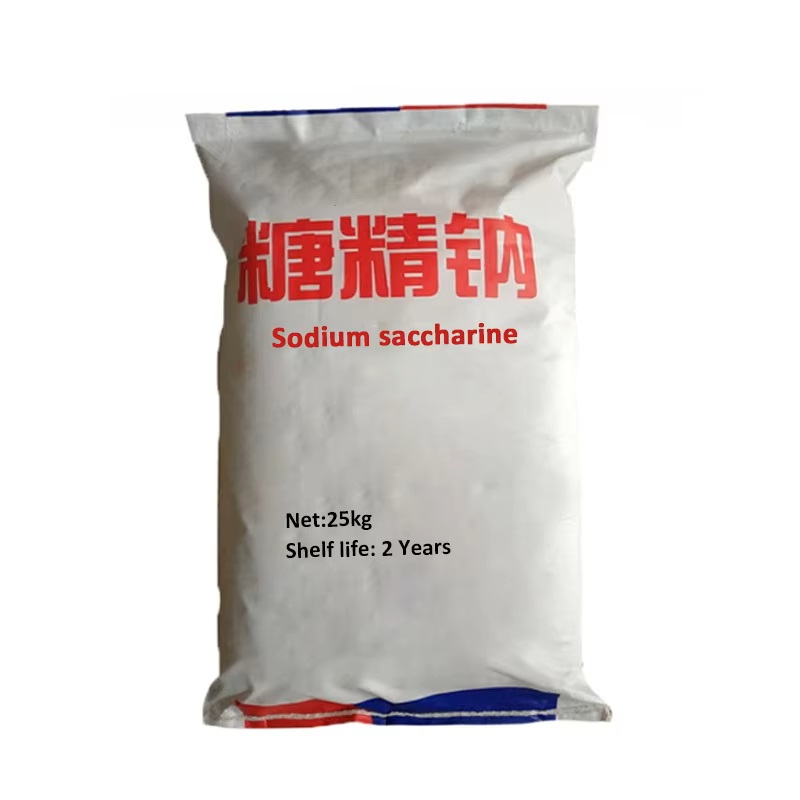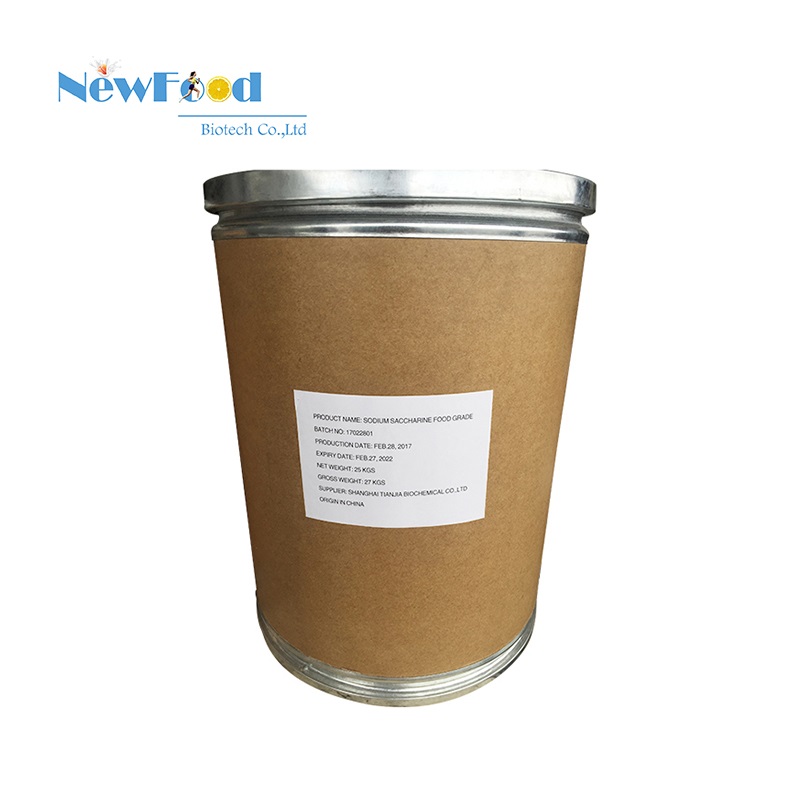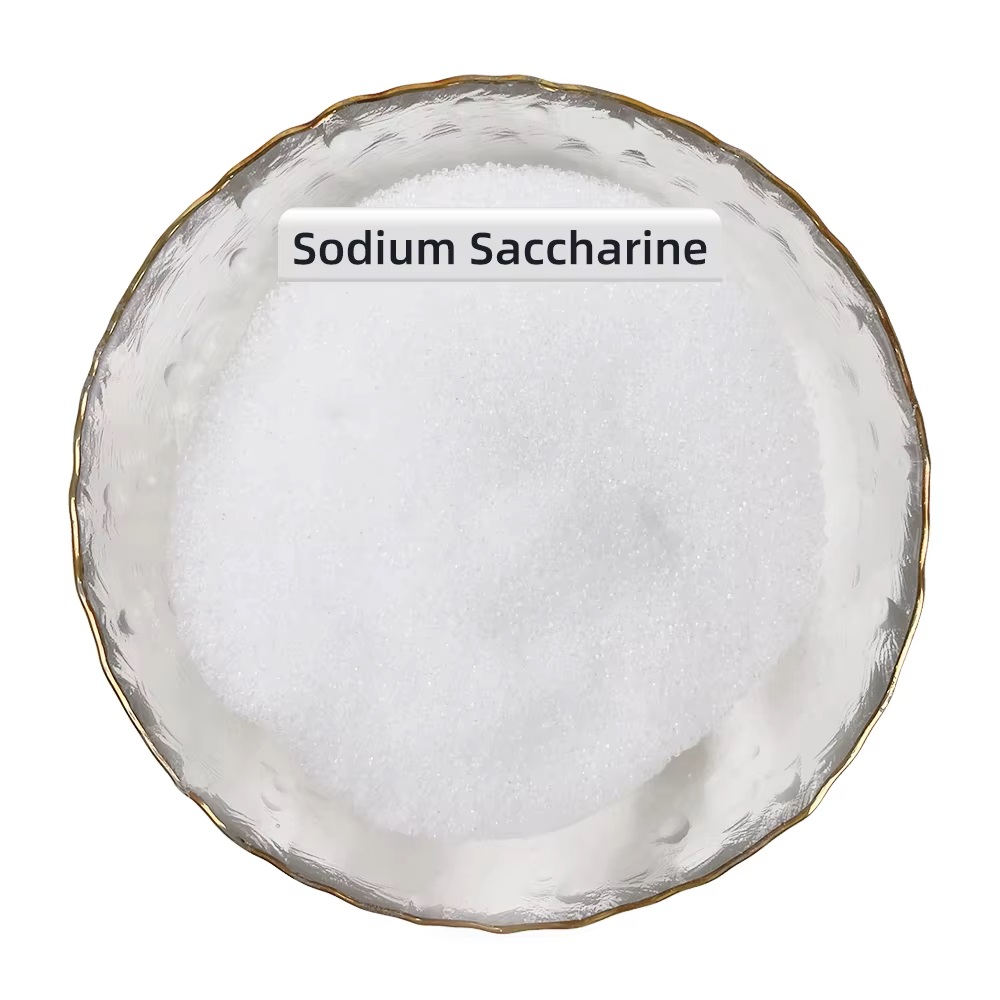We unleash your business potential by maximize the business innovation.
Send EmailE954, Saccharin, Sodium Saccharin, Crystallose, Sodium Saccharinate, Crystalline, 128-44-9, 6155-57-3
What is Saccharin?
Saccharin, chemically known as E954, is an artificial sweetener that is approximately 300–400 times sweeter than sugar. It is widely used in low-calorie and sugar-free products as a sugar substitute.
Physical and Chemical Properties:
-
Molecular Formula: C₇H₅NO₃S
-
Molecular Weight: 183.18 g/mol
-
Appearance: White, crystalline solid
-
Solubility: Soluble in water but poorly soluble in alcohol
-
Melting Point: 228–229 °C
Common Applications:
-
Found in diet beverages, jams, jellies, chewing gums, and dessert toppings.
-
Also used in non-food items like toothpaste and mouthwashes due to its sweetening properties.
Health and Safety:
-
Saccharin is a popular choice for diabetics and those seeking weight management due to its zero-calorie nature.
-
In the 1970s, studies suggested saccharin might be carcinogenic, but subsequent research did not confirm these claims. Today, organizations like the World Health Organization (WHO) and the U.S. Food and Drug Administration (FDA) consider saccharin safe for consumption.
Other Names:
Saccharin is known by various technical and commercial names, such as:
-
Sodium Saccharin
-
Crystallose
-
Sodium O-benzosulfimide
-
Sodium Saccharinate
Molecular Formula (Sodium Saccharin): C7H5NNaO3S+
Molecular Weight: 206.18 g/mol
Chemical Name: Sodium Saccharin
CAS Number: 128-44-9, 6155-57-3
It is among the artificial sweeteners that do not have any nutritional properties.
Human metabolism cannot break down saccharin. For this reason, it is directly excreted. It has approximately 200-700 times more sweetness than sucrose (sucrose).
In some cases, it is used by mixing with Aspartame. The reason for this is that it leaves a bitter taste in the mouth.
It has been used since the 1880s. But it has been most widely accepted since 1960.
It is in the organic salts class.
Saccharin E Code is E954.
Other Names:
Saccharin
Sodium Saccharide
Crystallose
Sodium O-benzosulfimide
1,1-Dioxide Sodium salt
128-44-9
Sodium Saccharinate
E954
O-Sulfobenzoic acid imide Sodium salt
Physical and Chemical Properties:
Sodium Saccharin has a white crystalline form in physical appearance. It has no odor.
Melting point is higher than 300 ° C.
Density is 1.69 g/cm³ at 20 ° C.
Solubility is 10 g/100 mlt water at 20 ° C in water. It is slightly soluble in ethyl alcohol.
It is an extremely stable compound. However, it is not compatible with oxidizing agents. It is a substance with a long shelf life.
It can have neutral and alkaline properties for pH.
Sodium Saccharin (Sodium Saccharin) Areas of Use:
It is used as a galvanic bath polisher in the coating sector.
It is used to mask the taste of substances with bad and bitter tastes.
It is an important component as a deodorizing agent for the production of oral care products in the cosmetics sector. Mouthwashes can be given as an example of these applications.
It is an artificial sweetener in the production of toothpaste.
Its sweetening feature is used in the production of lip glosses in the cosmetics sector.
It is used as an artificial sweetener in some non-alcoholic beverages in the food sector.
It is a sweetener in ice cream, desserts, food and some beverages.
It is among the most important compounds of this application when gold and nickel are plated in the coating sector.
It is used as an additive in the production of insecticides such as herbicides.


